Disclosure: This article contains affiliate links. We may earn a commission from purchases at no extra cost to you, which helps our travel content.
When most families dream of Peruvian adventures, Machu Picchu and Cusco typically top the list. But after my third medical conference in Lima last summer, I decided to venture north with my colleague's family to explore Piura—a region that beautifully balances cultural immersion with kid-friendly adventures. What unfolded was a week of discovery that reminded me why traveling off the beaten path often yields the most meaningful connections, especially for families seeking authentic experiences without the tourist crowds.
Why Piura Should Be on Your Family Travel Radar
As someone who's explored Peru multiple times for both work and pleasure, I've developed a deep appreciation for destinations that maintain their cultural integrity while still accommodating visitors. Piura strikes this balance beautifully.
The region offers a fascinating microcosm of Peru's diverse landscapes—from the golden beaches of Máncora and Vichayito to the desert valleys around Catacaos. What makes Piura particularly appealing for families is the manageable pace. Unlike the altitude challenges of Cusco or the urban intensity of Lima, Piura allows children to acclimate easily while providing endless opportunities for exploration.
My colleague's children, ages 8 and 11, were initially skeptical about a destination without the famous Incan ruins. By day two, however, they were completely enchanted by the freedom to run along uncrowded beaches, interact with local artisans, and sample exotic fruits at colorful markets. Their natural curiosity flourished in an environment where tourism infrastructure exists but hasn't overwhelmed local life.

💡 Pro Tips
- Book accommodations in Piura city as your base for the first few days before heading to the beach towns
- Learn a few basic Spanish phrases—locals appreciate the effort and it enhances the experience tremendously
- Visit midweek to enjoy popular beach spots with fewer crowds
Beach Adventures in Máncora: Kid-Friendly Paradise
After spending our first three days exploring Piura city, we relocated to Máncora, a beach town that perfectly balances relaxation with adventure. While this coastal gem has gained popularity among surfers and backpackers, it remains remarkably family-friendly.
The gentle beaches of Los Órganos and Vichayito, just south of Máncora proper, offer calm waters perfect for young swimmers. My colleague's children spent hours building sandcastles, collecting shells, and taking their first surfing lessons with patient instructors who specialized in teaching kids.
One particular highlight was our whale watching excursion. Between July and October, humpback whales migrate along Peru's northern coast, offering spectacular viewing opportunities. The children's expressions of wonder as these magnificent creatures breached nearby was worth every penny of the tour.
For accommodations, we chose a family-friendly hotel with adjoining rooms and a pool. After trying several options for beach gear, I can confidently recommend bringing a pop-up beach tent – absolutely essential for providing shade during midday beach sessions. The Peruvian sun is intensely strong, even during winter months.
For older children, the water shoes proved invaluable for exploring the rocky sections between beaches and protecting feet from occasional sea urchins.
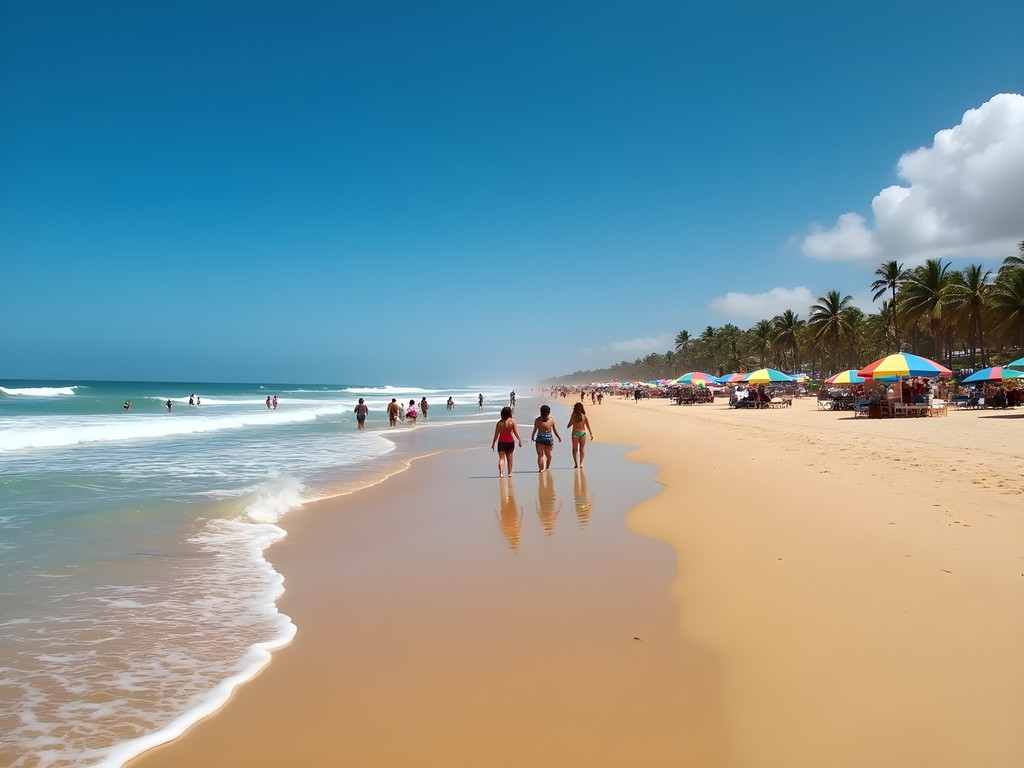
💡 Pro Tips
- Book whale watching tours early in the morning for calmer seas and better visibility
- Pack plenty of reef-safe sunscreen as it's expensive and limited in selection locally
- Consider staying in Los Órganos instead of central Máncora if traveling with very young children who need quieter environments
Cultural Immersion in Catacaos: Hands-On Learning for Kids
Just 30 minutes from Piura city lies Catacaos, a town that exemplifies northern Peru's rich cultural heritage. As a pediatrician who values experiential learning, I was thrilled to watch children engage with traditional crafts and healing practices in ways no textbook could replicate.
Catacaos is renowned for its straw hats, filigree jewelry, and pottery—all crafted using techniques passed down through generations. What makes this town special for families is the opportunity for hands-on workshops. Many artisans welcome children to try simple techniques, creating memorable souvenirs and meaningful cultural connections.
During our visit, the children participated in a pottery workshop where they learned to use local clay to create simple vessels. Their instructor, Señor Miguel, explained how these same techniques have been used for over 2,000 years in the region, connecting them to the ancient Moche and Vicús cultures that once thrived here.
The local market offered another educational opportunity. I was particularly fascinated by the medicinal plant section, where traditional healers (curanderos) sell herbs for various ailments. This sparked wonderful conversations with the children about how different cultures approach healing—a subject close to my heart after my experiences in Guatemala.
For the market exploration, I recommend bringing a crossbody anti-theft bag to keep essentials secure while allowing hands-free interaction with vendors and crafts. Also, a reusable water bottle with filter proved invaluable for staying hydrated throughout our day trips.
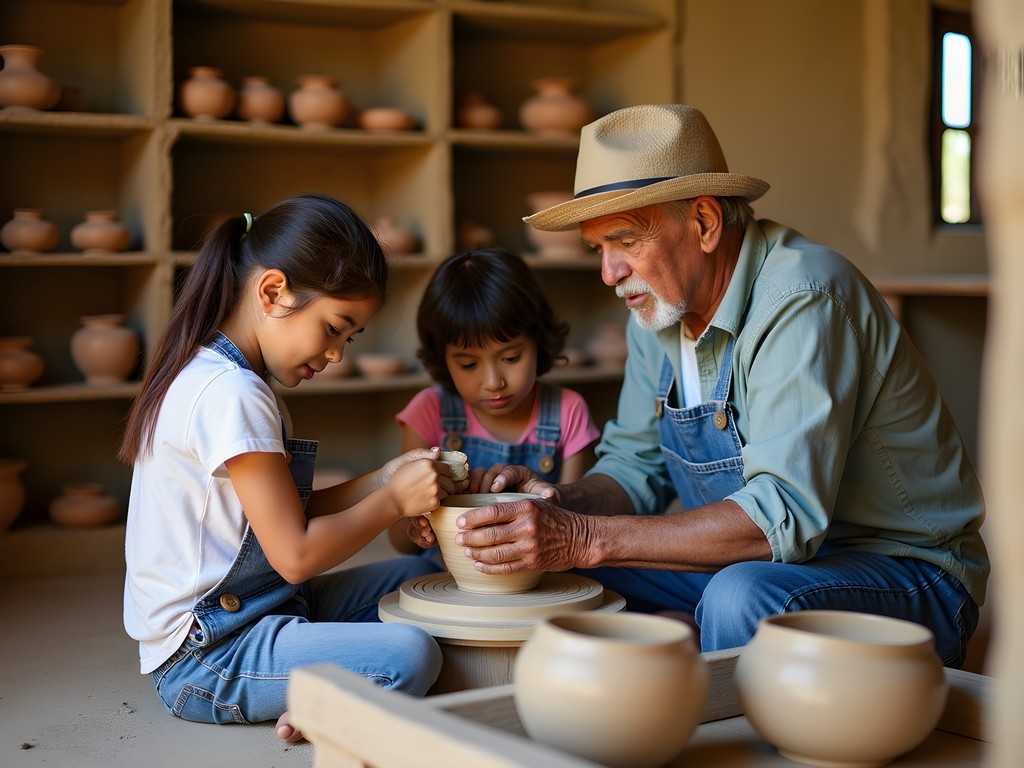
💡 Pro Tips
- Visit Catacaos on Sundays when the market is largest and most vibrant
- Arrange craft workshops in advance through your hotel concierge for the best experience
- Bring small denominations of soles for purchasing crafts and supporting local artisans directly
Desert Adventures: Exploring the Sechura Desert
One of Piura's most underrated attractions—especially for families seeking adventure—is the vast Sechura Desert. This landscape offers a dramatic contrast to the coastal regions and provides an excellent opportunity to discuss ecosystems and adaptation with curious young minds.
Our day trip to the desert became an unexpected highlight of our journey. We arranged a guided tour that included sandboarding down the dunes—an activity that quickly became the children's favorite. Even my colleague's cautious 8-year-old was confidently sliding down smaller dunes by the end of our visit.
The desert excursion also included a visit to the Ñapique Lagoon, an oasis that appears almost mirage-like amid the sand. Here, local guides explained the delicate desert ecosystem and pointed out bird species that have adapted to this harsh environment.
For desert exploration, proper gear is essential. I was grateful for my neck gaiter which protected against both sun and sand. For the children, polarized sunglasses were crucial for eye protection in the bright desert environment.
Our guide prepared a traditional lunch of seco de chavelo—a regional dish featuring green plantains and goat meat—which we enjoyed in the shade of a temporary canopy. This meal became an impromptu lesson in desert survival and local culinary traditions.

💡 Pro Tips
- Schedule desert excursions for early morning or late afternoon to avoid midday heat
- Bring twice as much water as you think you'll need—desert dehydration can happen quickly, especially with children
- Apply sunscreen every two hours, even on cloudy days
Traditional Healing & Modern Medicine: A Pediatrician's Perspective
As a pediatrician with a longstanding interest in traditional healing practices, Piura offered a fascinating opportunity to observe the integration of indigenous knowledge and modern medicine—something families rarely experience on typical Peruvian itineraries.
In the small town of Chulucanas, known for its distinctive pottery, I arranged a visit with a local curandera (traditional healer) who specializes in pediatric care. With proper permissions and respect, she demonstrated how certain local plants are used to treat common childhood ailments. Many of these plants contain compounds that modern pharmacology has validated, creating a wonderful teaching moment about the origins of medicine.
What impressed me most was how this region maintains a respectful coexistence between traditional and conventional healthcare approaches. At the regional hospital in Piura city, doctors openly discussed how they incorporate cultural understanding into their practice—a philosophy I've long advocated in my own work.
For families interested in learning about traditional medicine, I recommend bringing a travel journal for kids where children can sketch plants and record stories from local healers. This creates a meaningful souvenir while encouraging critical thinking about different approaches to wellness.
While exploring these cultural practices, we used a portable language translator to facilitate deeper conversations with healers who spoke indigenous languages in addition to Spanish. This technology bridge helped us move beyond surface-level tourist interactions to more meaningful exchanges.

💡 Pro Tips
- Always approach traditional healers with respect and proper introductions, preferably through a local guide
- Ask permission before photographing healing practices or medicinal plants
- Frame discussions with children around cultural appreciation rather than evaluating practices as 'right' or 'wrong'
Final Thoughts
Our week in Piura revealed what I've discovered repeatedly in my travels: sometimes the most meaningful family adventures happen away from the tourist trail. While Machu Picchu rightfully captures the imagination, northern Peru's blend of accessible beaches, living cultural traditions, and diverse landscapes creates an ideal environment for families to connect both with each other and with Peru's rich heritage.
What struck me most was how the children's engagement deepened throughout our journey. Initially drawn to the obvious pleasures of beach play and sandboarding, they gradually became more curious about cultural practices, traditional healing, and local craftsmanship. This natural progression from fun to meaningful learning exemplifies why cultural travel with children is so valuable.
As you plan your own Peruvian adventure, I encourage you to look beyond the standard itineraries. Consider how northern regions like Piura might offer your family the perfect balance of adventure, education, and authentic connection—all without the altitude concerns or tourist crowds of southern Peru. The memories you'll create will extend far beyond photographs, fostering a deeper understanding of our interconnected world and perhaps, like my experience in Guatemala years ago, planting seeds that will influence your children's worldview for decades to come.
✨ Key Takeaways
- Piura offers an ideal combination of beach relaxation, cultural immersion, and desert adventure without the crowds of southern Peru
- The region is particularly well-suited for families seeking authentic experiences without the altitude challenges of Cusco
- Hands-on workshops in traditional crafts provide meaningful educational opportunities for children
- The integration of traditional healing practices and modern medicine creates unique learning experiences
- Traveling in the shoulder season (April-May or September-October) provides ideal weather and fewer tourists
📋 Practical Information
Best Time to Visit
June through September (dry season) or April-May for fewer crowds
Budget Estimate
$100-150 per day for a family of four, including accommodations, meals, and activities
Recommended Duration
7-10 days
Difficulty Level
Easy

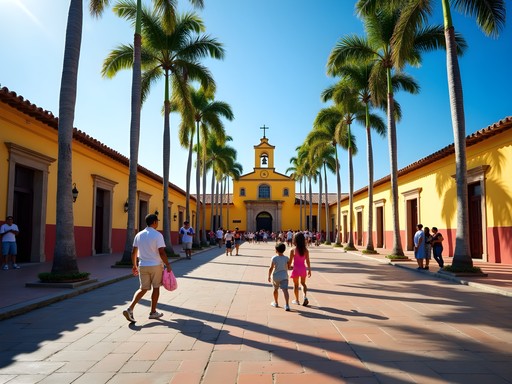


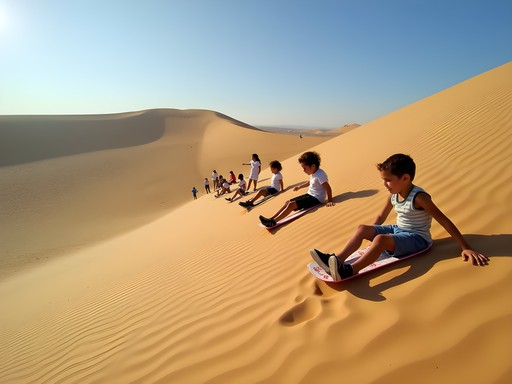
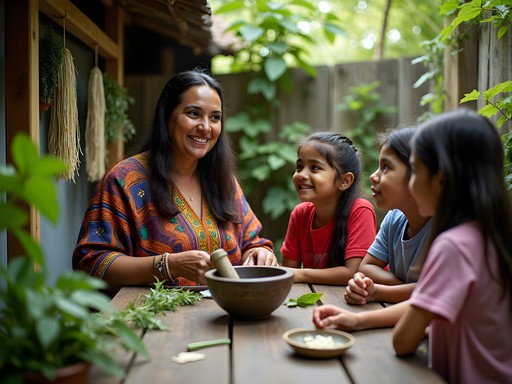


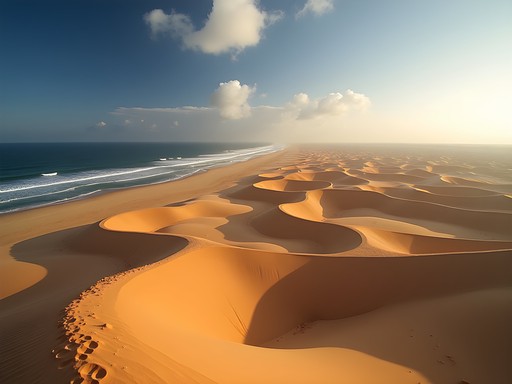
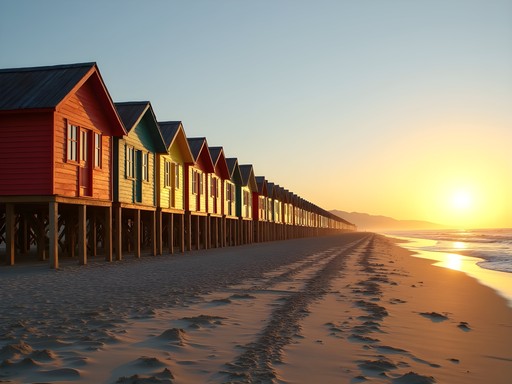
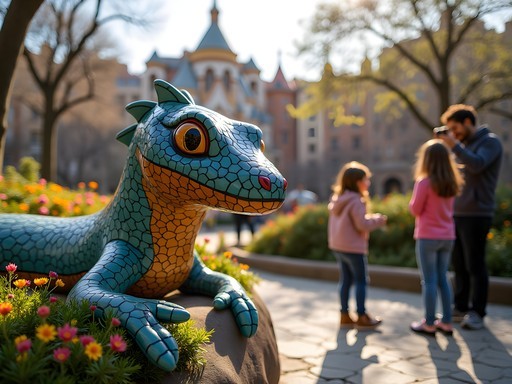
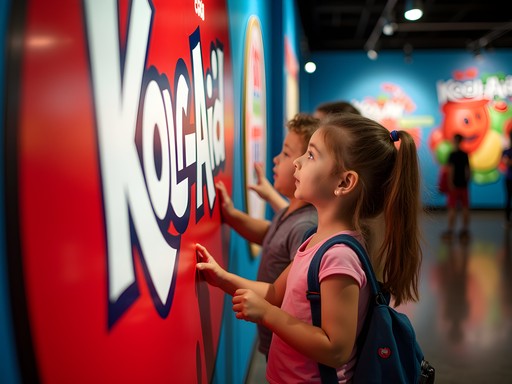
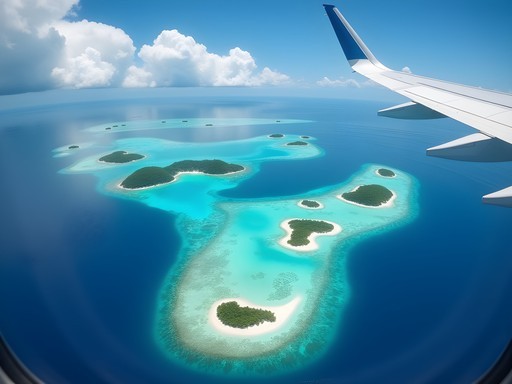
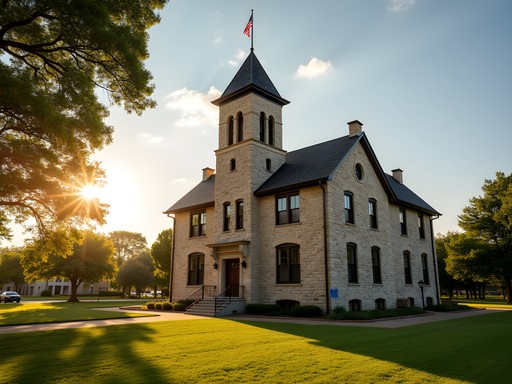

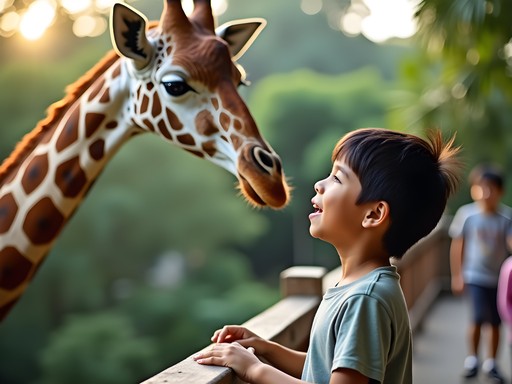
Comments
Taylor Moreau
Excellent write-up on Piura! I've been traveling there quarterly for business since 2019, and it's refreshing to see the family perspective. For those considering a trip, the regional connectivity has improved dramatically - LATAM now offers direct flights from Lima several times daily, eliminating the need for complicated transfers. If you're traveling with older children, I'd recommend adding a day trip to the Amotape Hills National Park - the biodiversity is remarkable and the guides are exceptionally knowledgeable. The equatorial dry forests contain species you won't see elsewhere in Peru. My colleagues with families always combine business trips with family time here - it's that special.
vacationexplorer
How safe did you feel traveling with kids in this region? Any areas to avoid?
Taylor Moreau
Not the author, but I've been to Piura several times for business. It's generally very safe, especially in the tourist areas. As with anywhere, just use common sense - don't flash valuables, use registered taxis at night, etc. The locals are incredibly protective of tourists with children - you'll likely find yourself being looked after rather than targeted.
Casey Andersson
Gabriella, you've captured the magic of Piura beautifully! I visited last November and was blown away by how underrated it is. For anyone planning a visit, I'd add that staying in one of the eco-lodges near Máncora gives you the best of both worlds - sustainability and luxury. We spent three glorious nights in a bamboo bungalow with the most breathtaking ocean view. The staff arranged a private sandboarding lesson for us in the dunes, which was both terrifying and exhilarating! Definitely agree that this region offers a more authentic experience than the typical Peruvian tourist circuit.
vacationexplorer
Which eco-lodge did you stay at? Planning a trip for next summer and that sounds perfect!
Casey Andersson
We stayed at Eco Lodge Máncora - about 10 minutes north of the main beach. Not the cheapest option but worth every penny for the private beach access and amazing breakfast!
globeone4521
That photo of your kids with the artisans in Catacaos is EVERYTHING! Such genuine smiles all around. Making memories that will last forever!
wanderguy
YES! Finally someone writing about Piura! I've been telling people about this gem for years. The pottery workshops in Catacaos are incredible - my 12-year-old daughter made a beautiful vase she still displays in her room. And the ceviche is possibly the best in Peru (sorry Lima!). Did you get to try the Seco de Chabelo? That goat stew with plantains is mind-blowing. If anyone's planning a trip, don't miss the Vichayito beach just north of Máncora - much quieter and perfect for kids learning to boogie board. Our family used travel journal to document everything and my kids still flip through it all the time!
vacationmate
We did Piura last year with our kids (6 and 9) and it was amazing! Máncora beach was perfect - gentle waves and so many food stands right on the sand. My kids still talk about the empanadas from that little blue cart near the main entrance. The desert tour was a bit hot for the little one though - definitely bring LOTS of water and sun protection if you go.
coffeequeen
How was getting around with kids? Easy to find transportation?
vacationmate
We hired a driver for most days - not super expensive and made everything so much easier with the kids and all their stuff!
adventurebuddy
Never even heard of Piura before! Adding to my list!
moonbuddy
Just booked our flights to Peru for next spring and definitely adding Piura to our itinerary after reading this! Thanks for the inspiration!
Stephanie Romano
Gabriella, thank you for highlighting this region! We visited last November and it was such a refreshing alternative to the crowded tourist spots. My kids still talk about our desert adventure near Sechura - we did a guided tour where they got to sandboard down some smaller dunes which was a huge hit! For families considering this trip, I'd recommend spending at least 3 days in Máncora if your kids love the beach. The waves at Los Órganos beach (just north of Máncora) were perfect for our beginner surfers, and much less crowded. We also found a wonderful family-run restaurant called El Ñuro where the kids could watch sea turtles while eating fresh ceviche!
cityvibes
Sea turtles AND ceviche?! That sounds like paradise! Adding El Ñuro to my list too!
oceanmood6004
The pottery workshop in Catacaos sounds amazing for kids! Did they let your children make their own pieces?
Venture X
Premium card with 2X miles, $300 travel credit, Priority Pass